Birch’s Complete Guide to Moose Hunting
Tactics, Gear, and eBike Mobility for the Ultimate Big Game Pursuit
Moose hunting is the pinnacle of North American big game pursuits. Weighing over 1,000 pounds and often found in remote, wet, and rugged terrain, these animals challenge even the most experienced hunters. Success demands serious planning, endurance, and the right gear.
This guide will walk you through everything from understanding moose behavior to gear checklists, field dressing, and mobility. Plus, we’ll show you how the Birch Grolar eBike can change the way you hunt the backcountry—powerfully and silently.
Understanding Moose Habitat and Behavior
Moose are solitary, elusive animals that favor colder climates, thick brush, and wetlands. Their range often includes:
- Boreal forests
- Marshes and bogs
- Alpine meadows
- Willow thickets near lakes or streams
They’re most active at dawn and dusk, especially during rut season (late September through October). Bulls can be drawn in using cow calls or antler raking, especially during the peak of the rut.
Because moose cover vast areas and often travel through swampy or mountainous terrain, you need to be mobile, quiet, and prepared for long glassing sessions. The Birch Grolar offers silent access through dense woods and soft ground without disturbing your quarry.
When and Where to Hunt Moose
Prime Hunting Seasons
- September–October (Rut): Bulls are responsive to calls and easier to locate.
- Late Season (October–November): Colder temps push moose into thicker cover and lower elevations.
Weather and Conditions
Moose thrive in cold, wet environments. Rain, snow, and frost are common factors during moose season. Prepare for low temperatures, soggy terrain, and unpredictable weather.
Top Locations
- Alaska
- Yukon
- British Columbia
- Northern New England
- Rocky Mountain regions of Montana, Idaho, and Colorado
Terrain Tip
These areas are remote. With its dual 750W motors, 26” x 4” fat tires, and AWD mode, the Birch Grolar hunting eBike can help you navigate thick brush, wet trails, and steep inclines with ease—getting you farther and back safer.

Essential Moose Hunting Gear Checklist
Primary Hunting Gear:
- High-caliber rifle (e.g., .30-06, .300 Win Mag) or powerful compound bow
- Rangefinder or spotting scope (moose can appear deceptively close)
- Moose calls (cow-in-heat and bull grunts)
- Waterproof gloves, gaiters, and base layers
- Compass or GPS (cell service is often nonexistent)
Survival and Support:
- Emergency bivy or shelter
- Satellite communicator (in case of emergencies)
- Heavy-duty knives and bone saw
- Paracord and tarps for quartering and hauling
- Large frame pack or trailer system
When hauling gear across boggy ground or steep ridges, the Birch Grolar's front and rear racks provide a major advantage—keeping your load stable and your movement efficient.
How to Call and Stalk Moose
Calling Techniques
Use moose vocalizations sparingly and with realism:
-
Cow calls are great for drawing bulls during the rut.
-
Antler raking mimics another bull and can provoke a territorial response.
- Be patient—moose often respond slowly and may circle downwind before approaching.
Spot-and-Stalk Tips
- Glass large areas from elevated spots like ridges or hillsides.
- Focus on feeding areas (willow thickets, aquatic vegetation) during early morning.
- Move slowly and stay quiet—moose may appear or disappear in an instant.
Mobility Edge:
Instead of hiking for miles, use the Grolar eBike to stay light on your feet and transition between vantage points quickly while maintaining stealth.
Field Dressing and Hauling Moose
Moose are massive—field dressing and hauling require planning and effort. One adult bull can yield 500+ pounds of meat.
Quick Dressing Tips:
- Break down into quarters: front legs, hind legs, backstraps, and neck meat.
- Keep meat clean and cool with breathable game bags.
- Avoid placing quarters directly on the ground—use logs or tarps.
Hauling Considerations:
- Plan multiple trips or bring help
- Use a cart or trailer attached to your Grolar
- Work fast in warm weather to avoid spoilage
With its 400lbs payload capacity, the Birch Grolar makes it possible to haul quarters and gear without exhausting yourself in one trip—ideal for long retrievals from deep bush.

Safety and Legal Reminders for Moose Hunters
- Know your tags: Moose tags are often draw-based and species-specific (e.g., bull, cow).
- Check transport rules: Some areas require proof of sex or antlers with the carcass.
- Prepare for cold exposure: Hypothermia is a real risk in northern climates.
- Communicate a plan: Let someone know your route, ETA, and backup check-ins.
Always bring a paper map, compass, and weatherproof gear. Many moose hunting areas are far off-grid, so redundancies are essential.
Final Thoughts: Why the Grolar is a Moose Hunter’s Best Ally
Moose hunting is a test of grit, endurance, and adaptability. It often takes place in some of the harshest and most remote environments in North America. Whether you're traversing frozen marshes or quartering out your harvest miles from camp, success comes down to how well you’re prepared—and how effectively you move.
The Birch Grolar hunting eBike gives hunters a quiet, durable, and powerful edge—reducing the strain of gear hauling, speeding up access to hard-to-reach spots, and making retrievals more efficient and less exhausting.
Explore the Grolar
Discover why moose hunters across North America are switching to the Birch Grolar electric fat-tire eBike for stealth, strength, and long-range mobility.
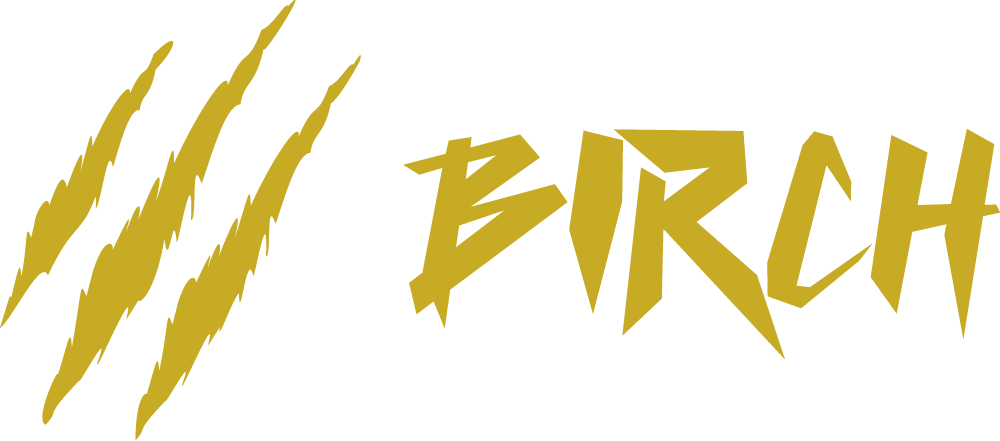

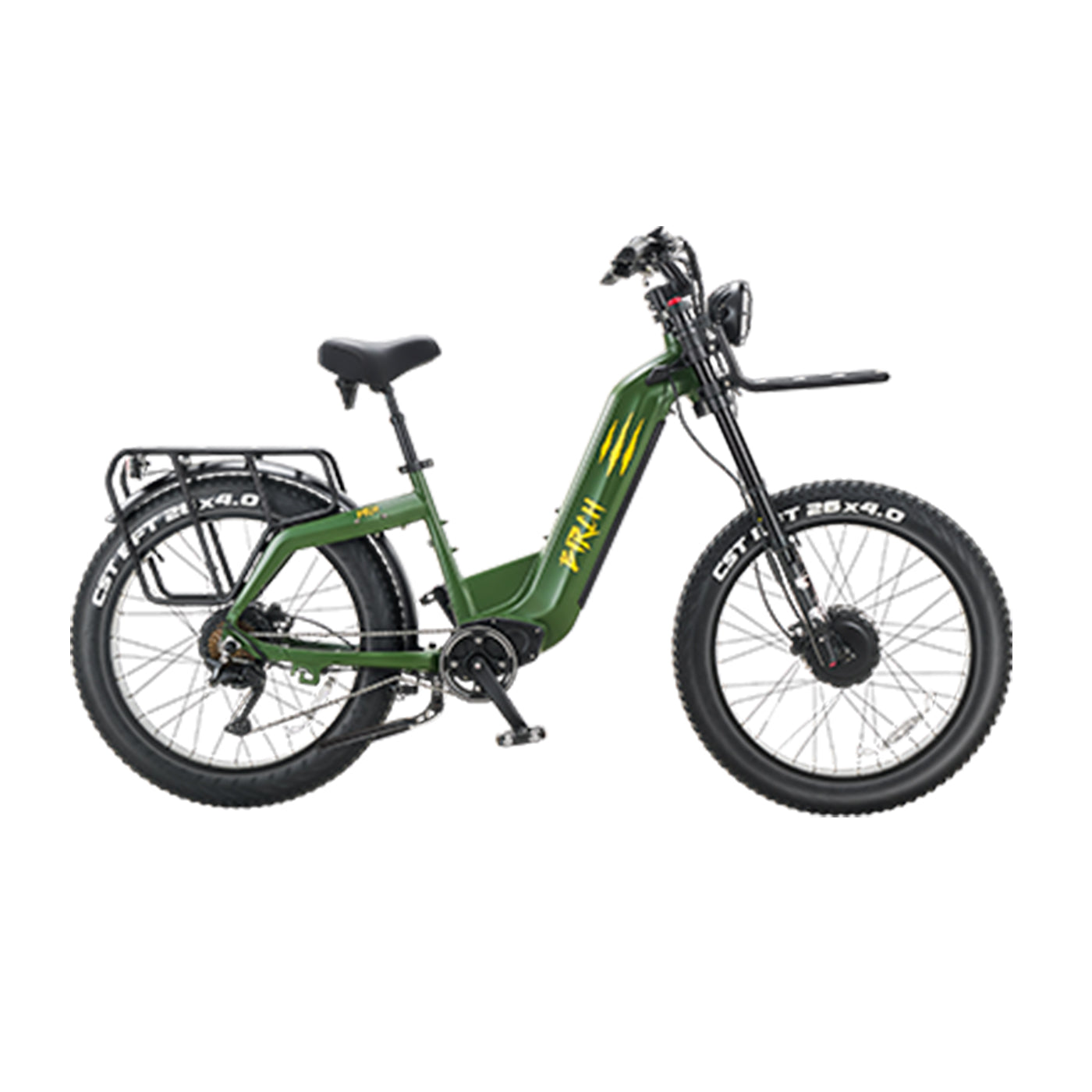
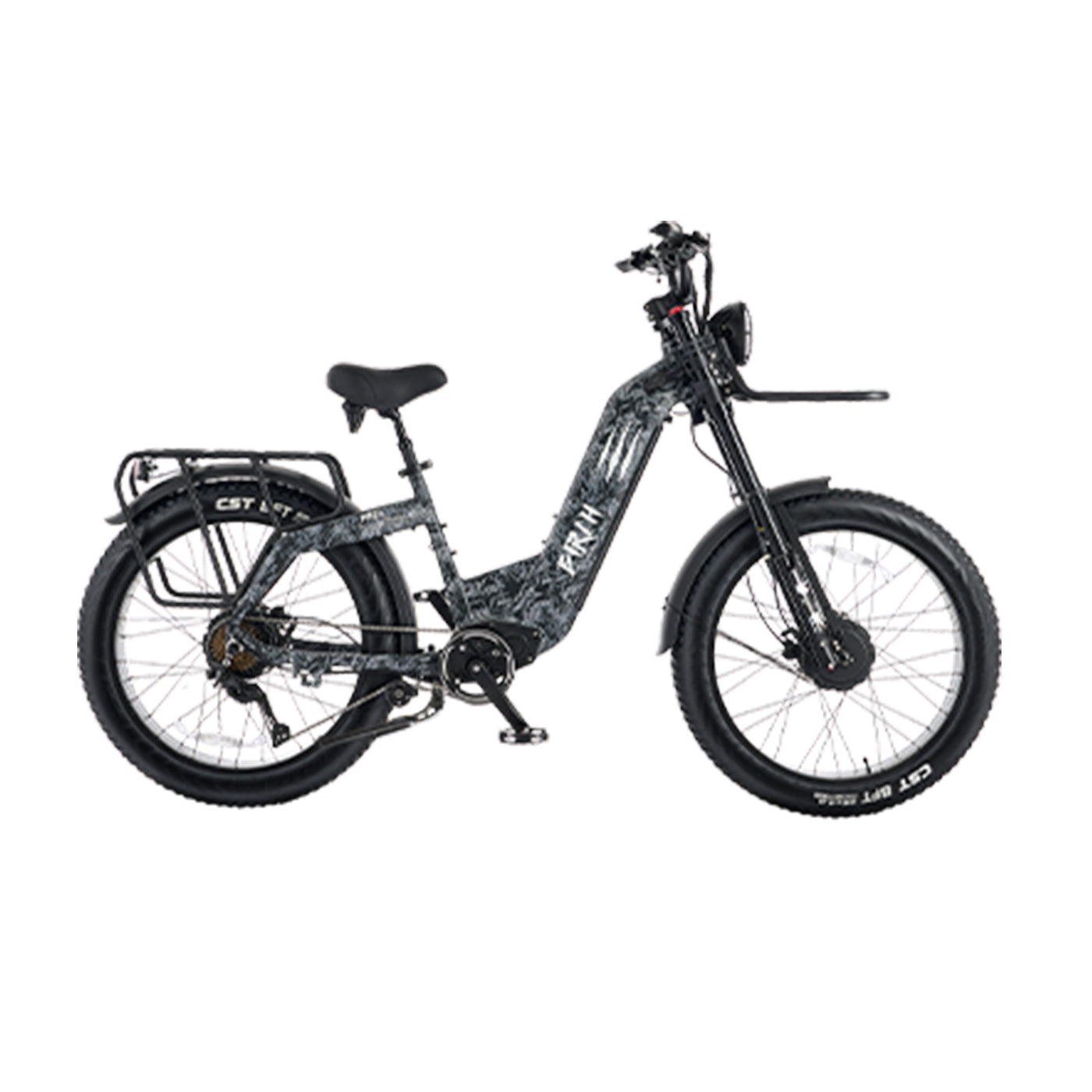

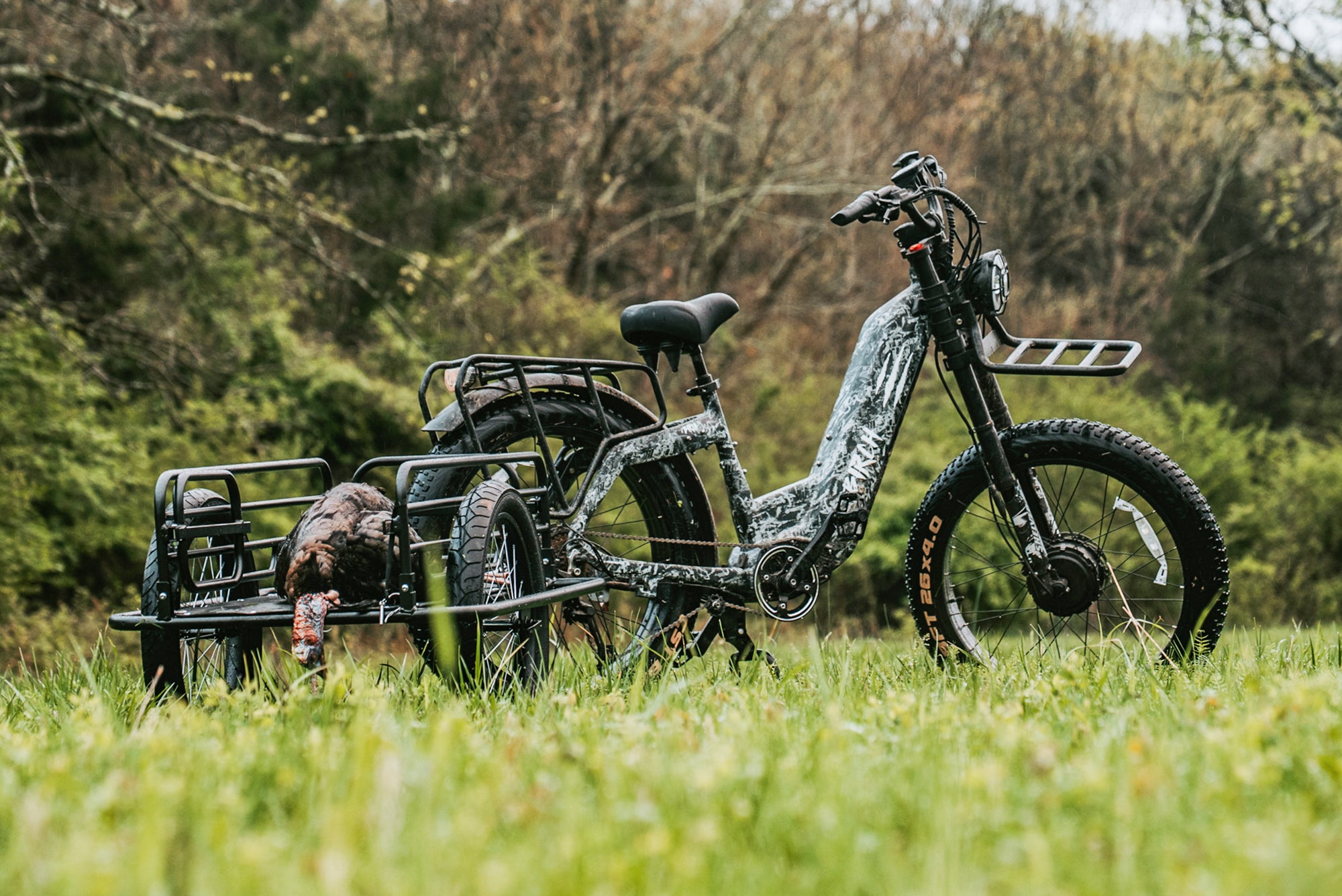
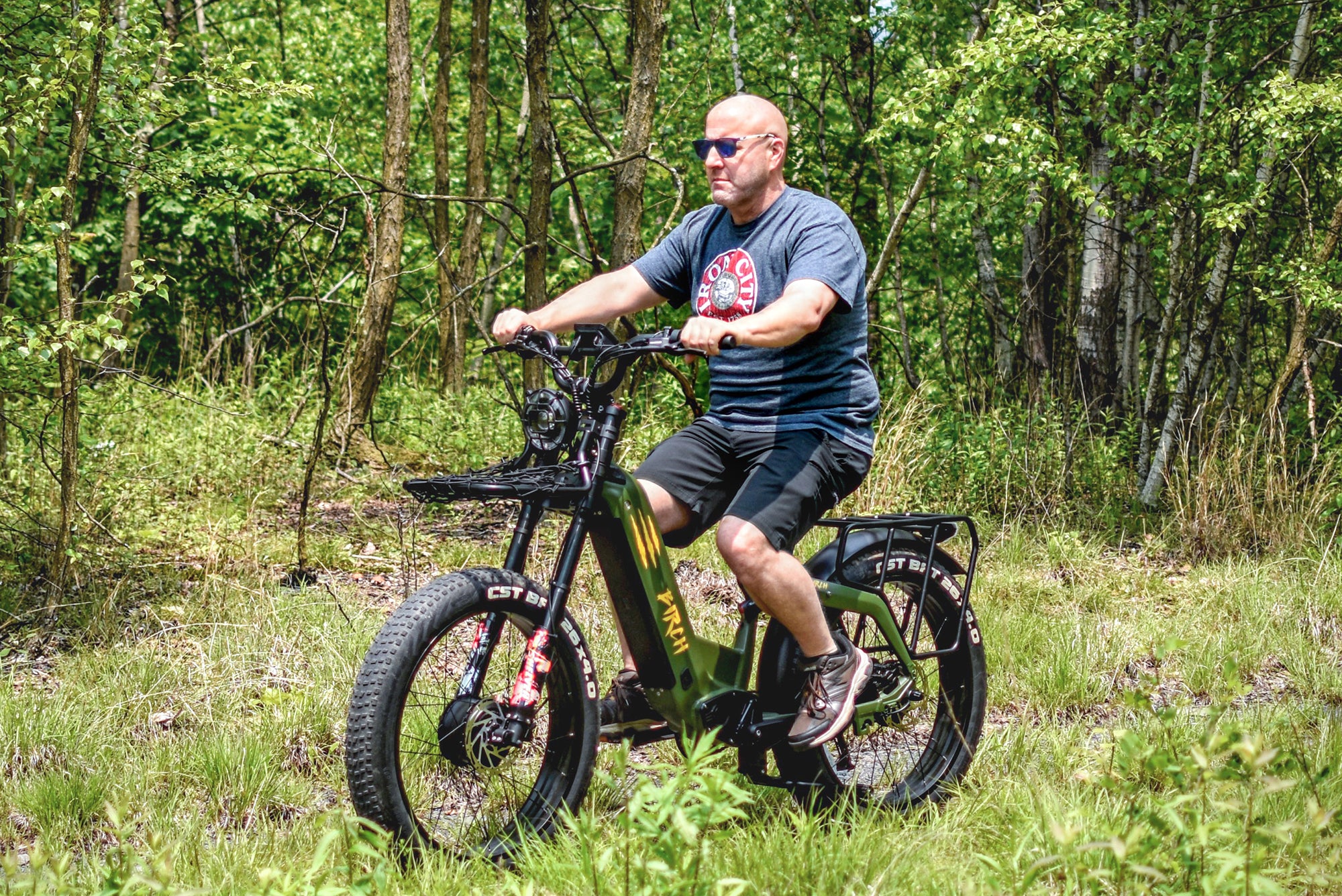
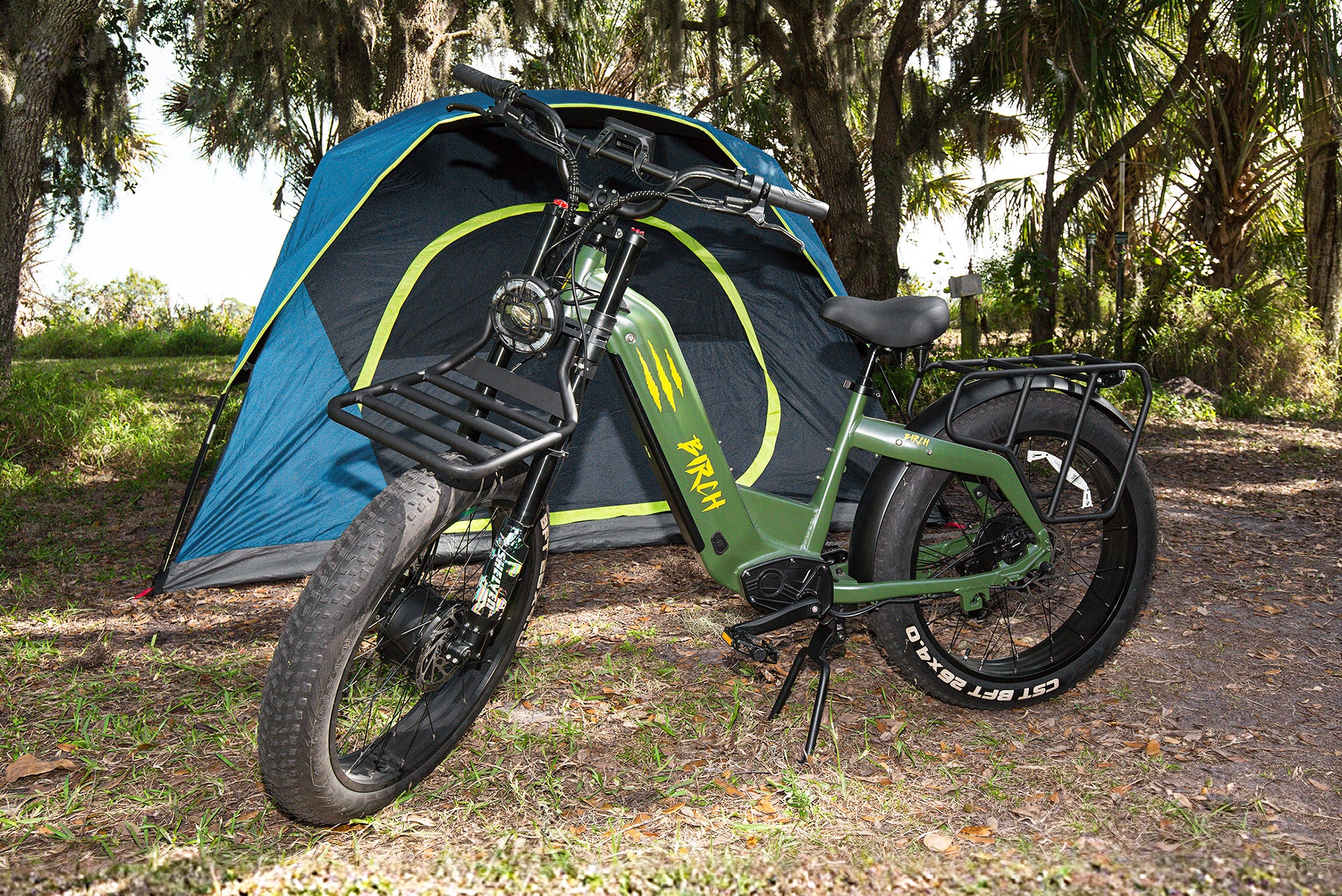
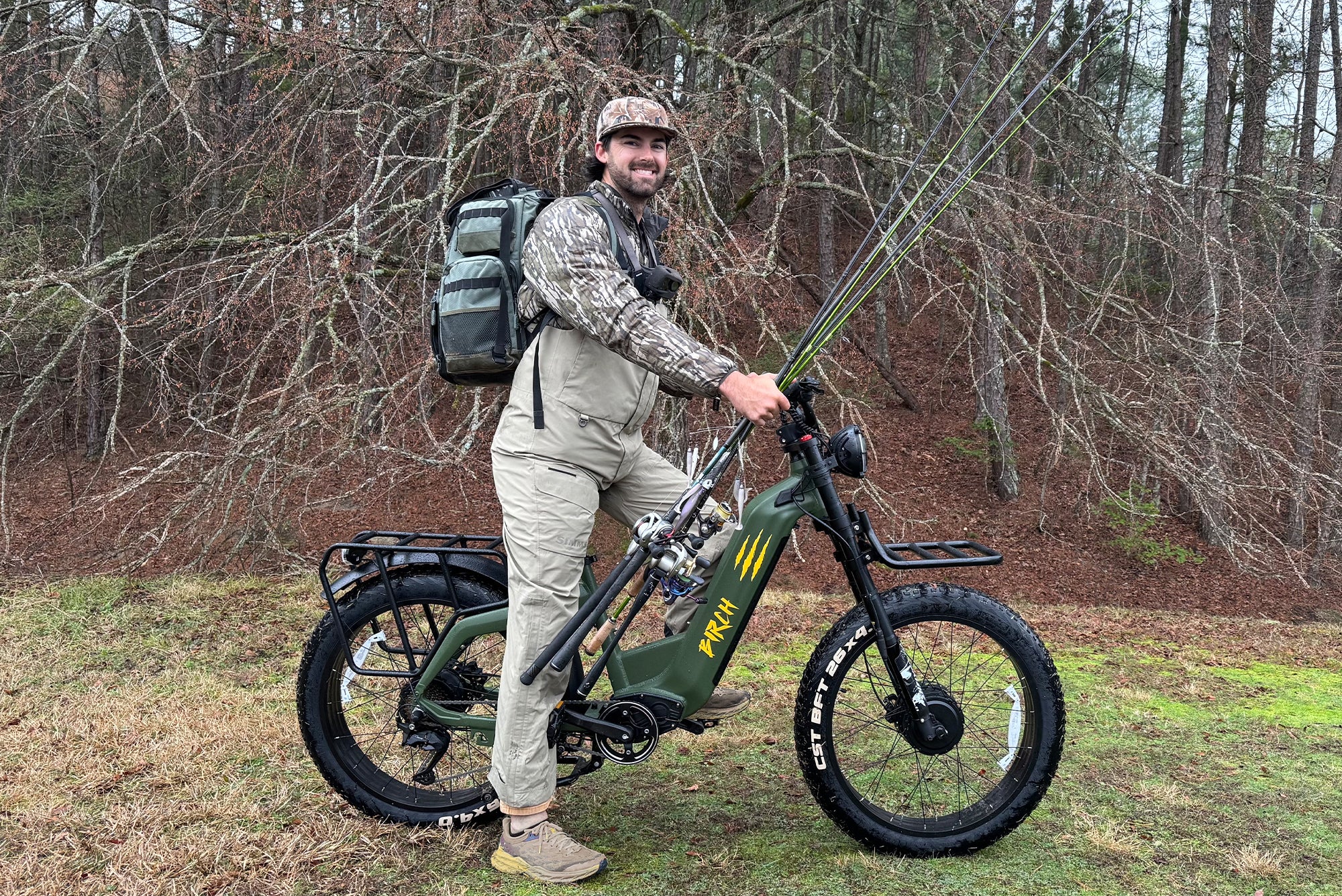
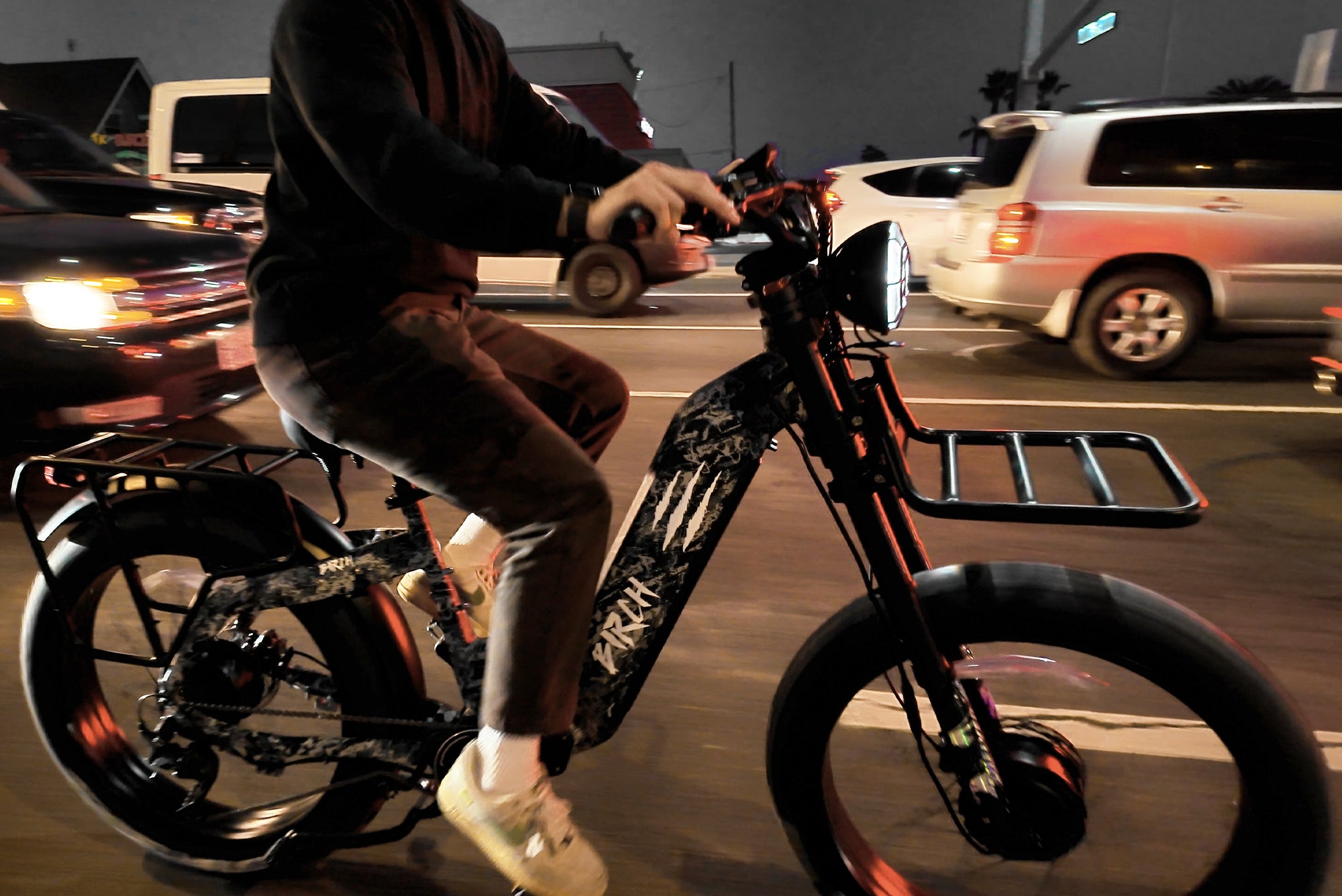
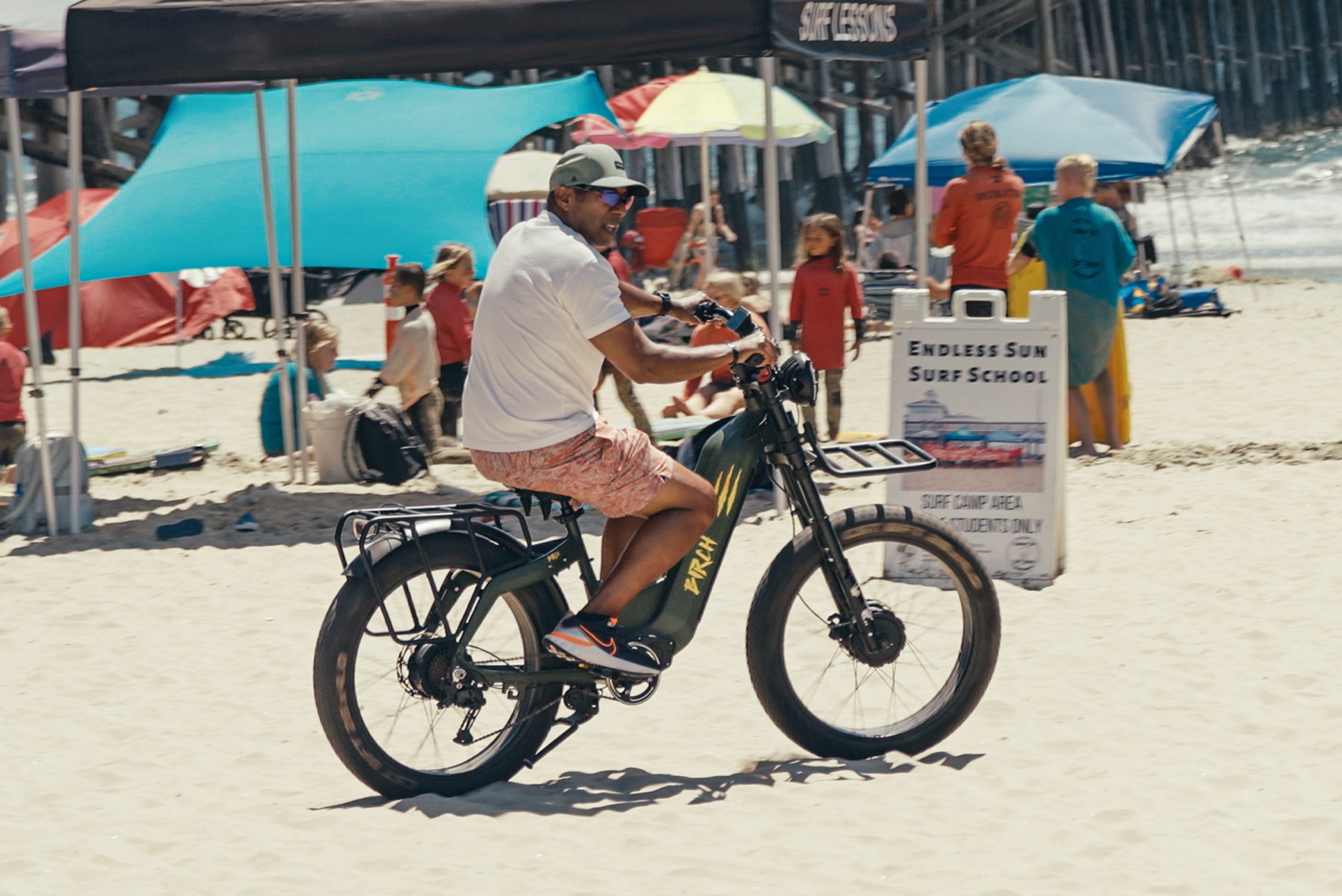
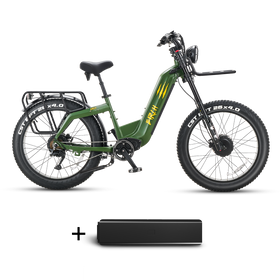
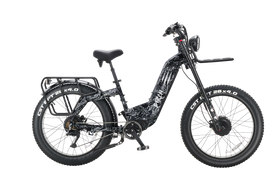



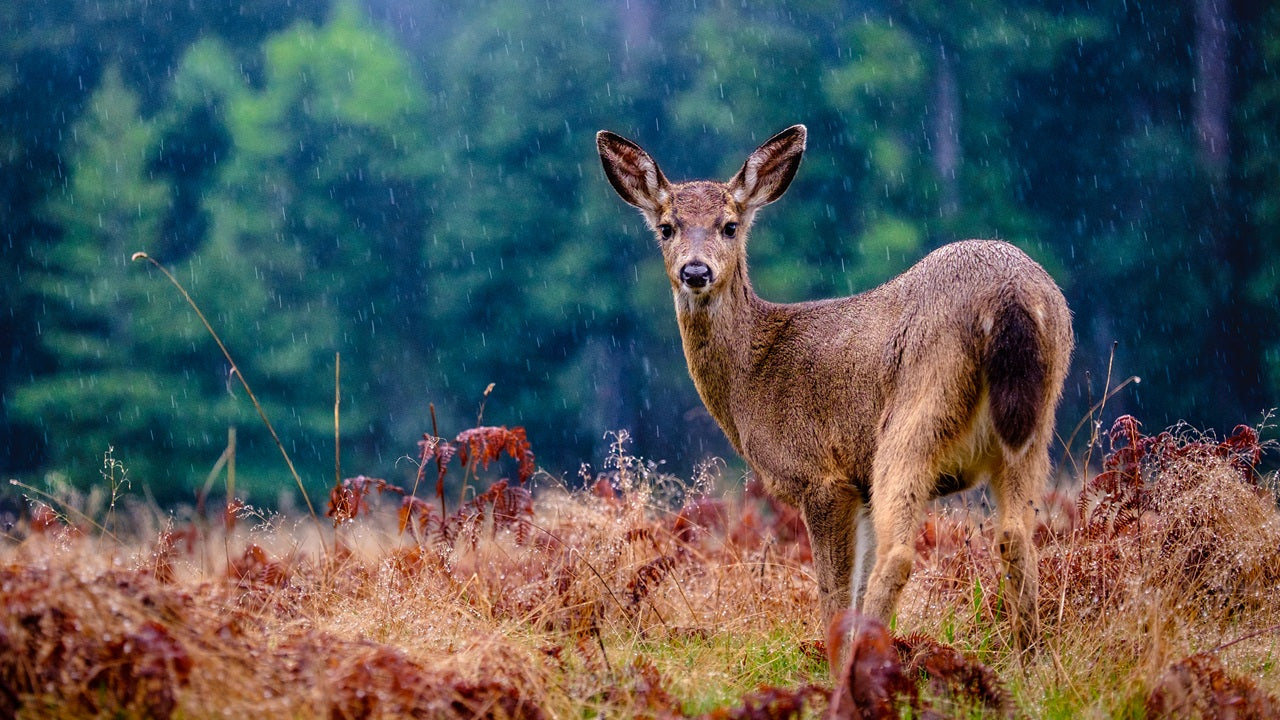

Leave a comment
All comments are moderated before being published.
This site is protected by hCaptcha and the hCaptcha Privacy Policy and Terms of Service apply.